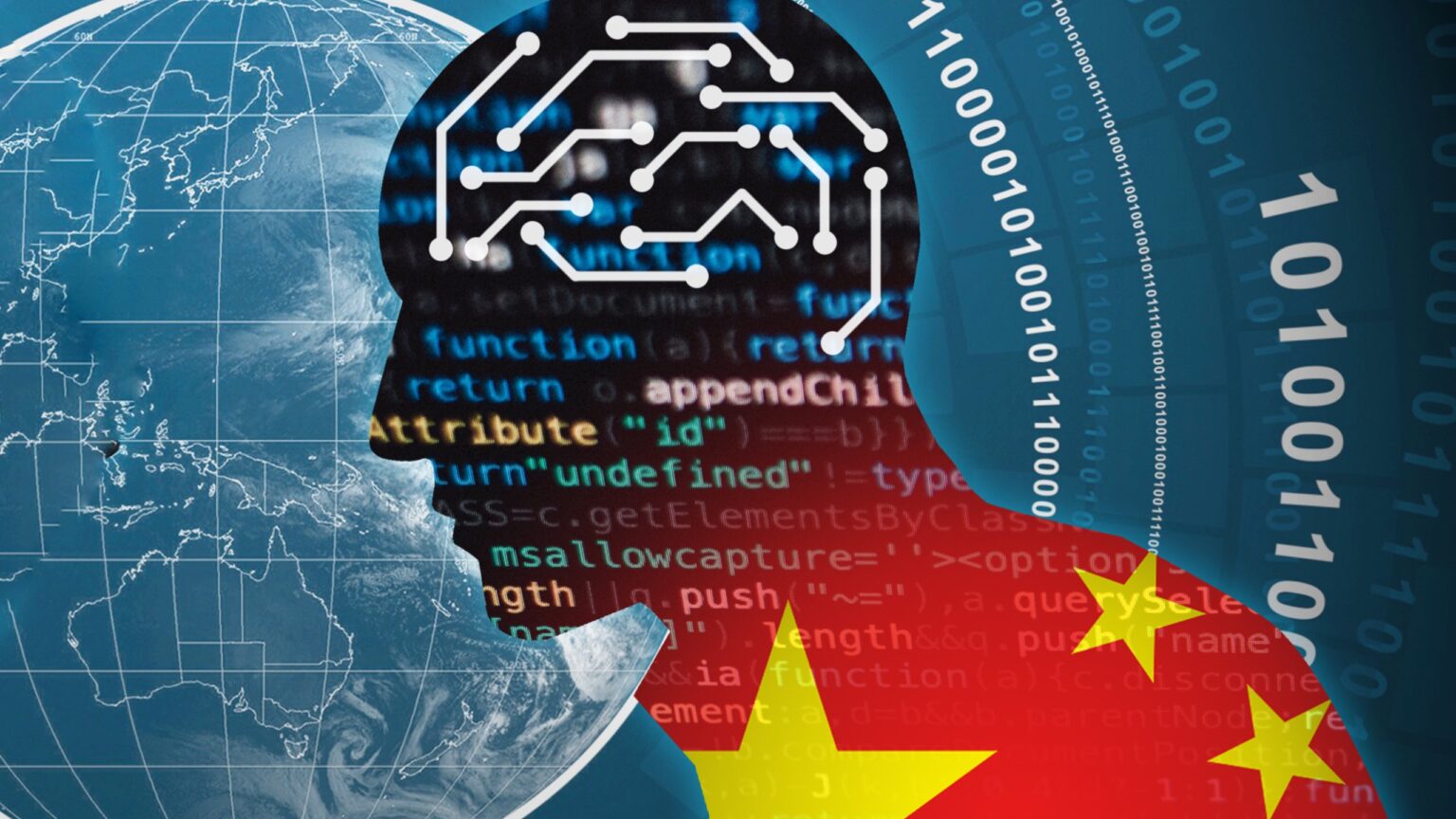In an ambitious stride to bolster its position in the global artificial intelligence (AI) arena, China has sanctioned over 40 AI models for public application within just six months.
This development follows the initiation of a regulatory framework aimed at overseeing the deployment of such technologies. Amidst the race to match the United States’ prowess in AI, China’s latest approvals spotlight its focus on innovation and regulation.
➡️ China embraces AI! In the past six months, they have approved over 40 AI models for public use. Explore the details here. 🇨🇳🤖https://t.co/kBVoJ2ES0Q
— FryAI (@TheFryAI) January 29, 2024
Also read: China Introduces New Restrictions on Generative AI Model Training
Accelerating AI deployment
The Chinese government’s decision to regulate and approve AI models for public use underscores a key advancement toward enhancing its technological infrastructure. The Securities Times, a state-backed publication, recently announced the approval of 14 large language models (LLM), including contributions from tech giants like Xiaomi Corp. and 4Paradigm. This marks the fourth series of approvals, reflecting a comprehensive vetting process designed to ensure that AI technologies align with national standards and safety protocols.
The requirement for regulatory approval, instituted last August, illustrates China’s methodical approach to AI development. By mandating official clearance before public release, Beijing aims to maintain a balance between fostering modernization and ensuring technology remains within the ambit of regulatory oversight. The initial approval batch, featuring industry leaders like Baidu, Alibaba, and ByteDance, set a precedent for a controlled yet dynamic AI expansion strategy.
These regulatory milestones are part of China’s broader ambition to cultivate a robust AI ecosystem. With over 130 LLMs, China accounts for a significant portion of the global AI landscape, trailing slightly behind the United States. The surge in AI model approvals reflects a determined effort to harness the potential of AI technologies, propelled by the global sensation of AI chatbots like OpenAI’s ChatGPT.
Navigating the AI Upheaval
As China continues to approve AI models at an unprecedented pace, it prompts a critical question: How will this rapid advancement shape the future of global AI development? The push for regulatory compliance alongside innovation signifies a nuanced strategy to secure a leading position in the AI domain. This approach not only aims at technological advancement but also at safeguarding the ethical and secure deployment of AI applications.
Chinese firms have quickly embraced the worldwide surge in artificial intelligence, with Baidu’s Ernie Bot rapidly gaining over 100 million users. This keen interest in AI development reflects an energetic environment eager to delve into and enhance the scope of AI technologies. The government’s balanced approach, offering both support and strict regulation, is crucial in steering this progress and ensuring that AI’s expansion doesn’t compromise regulatory control and oversight.
Looking ahead: China’s AI ambition
China’s AI development trajectory suggests a future where technology and regulation coalesce to drive new measures responsibly. As more AI models receive the green light, the landscape of AI applications is set to grow, offering new opportunities and challenges alike. The blend of regulatory vigilance and technological zeal characterizes China’s pursuit of AI supremacy, a journey that is as much about initiating new frontiers as it’s about navigating the complexities of digital governance.
As the world watches China’s AI strategy unfold, the blend of rapid approvals and regulatory oversight sets a precedent for how nations might balance the twin imperatives of change and control. With over 40 AI models approved for public use, China’s AI narrative is not just about quantity but also the quality and safety of AI integration into society. This deliberate advancement towards a regulated yet flourishing AI ecosystem marks a critical chapter in China’s technological saga, one that could redefine the global AI landscape.









 and then
and then